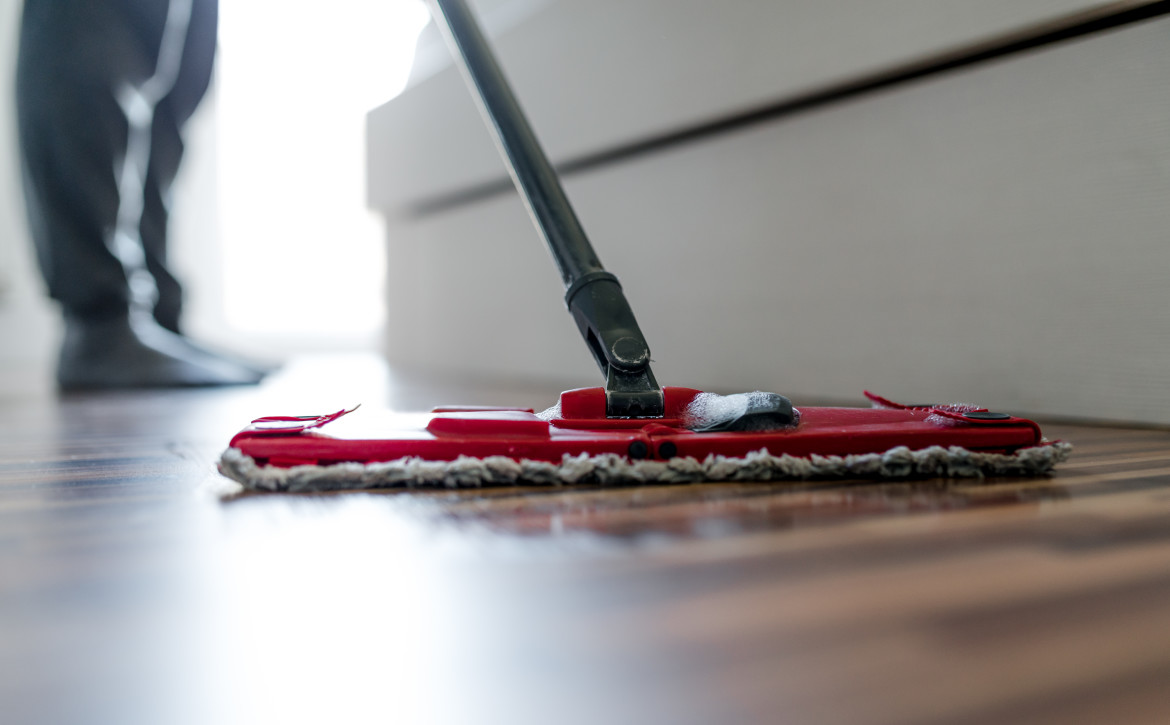In the recent High Court decision of Strong v Woolworths, the Court was asked to consider whether the plaintiff had proven that the defendant was negligent in circumstances where there was no evidence to complete the chain of causation necessary to show that the defendant’s breach had been causative of the plaintiff’s injury.
The decision is an instructive example of how the courts decide issues of causation as questions of fact based on the balance of probabilities and how the key question in any inquiry into causation remains whether it was more probable than not that the defendant’s breach was causative of the plaintiff’s loss.
Facts
At around 12.30 pm Kathryn Strong (‘the plaintiff’), who was disabled and required the use of crutches, was injured when the tip of her crutch came into contact with a chip lying on the floor of an area occupied by Woolworths (‘the sidewalk area’) in a shopping centre in Taree. The plaintiff sued Woolworths and the occupier of the shopping centre. She succeeded against Woolworths but failed against the occupier. Woolworths appealed the decision to the NSW Court of Appeal on the basis that the primary judge had not addressed causation. As there was no direct evidence as to when the chip had fallen onto the floor in the sidewalk area, the Court concluded that it was more likely than not that the chip had fallen in the immediate period just prior to the incident. The Court based this conclusion on the fact that:
- a chip is something commonly consumed during lunch
- the incident occurred at lunchtime and
- the shopping centre owner had an additional cleaner engaged to clean the area around the food court between 11 am and 2 pm which suggested that there was an increased risk of food being dropped in the sidewalk area close to the food court.
In those circumstances, the Court of Appeal stated that it could not be concluded that, had there been a proper cleaning system, it was more likely than not that the chip would have been detected and the plaintiff would not have slipped. On that basis, the Court of Appeal set aside the plaintiff’s judgment and allowed Woolworths’ appeal.
High Court of Australia
In response, the plaintiff appealed to the High Court. The Court considered the elements required under section 5D of the Civil Liability Act 2002 (NSW) in determining whether a defendant’s act caused the plaintiff’s harm. However, the majority considered that the appeal ultimately turned on the correctness of the Court of Appeal’s conclusion that “it was not open to infer that the chip had been on the ground long enough for it to have been detected and removed by… an adequate cleaning system”. Woolworths argued that it was necessary for the plaintiff to adduce evidence to prove that it was more probable than not that the chip had remained on the floor for a long enough time that, had Woolworths implemented a proper system of cleaning, the chip would have been detected and removed.
The High Court rejected this argument and said that the plaintiff’s onus of proof could be satisfied by considering the “probabilities in circumstances in which the evidence did not establish when the chip was deposited”. That is, the appellant could satisfy the onus by showing that, on balance, the probabilities favoured a conclusion that the chip had been on the floor for a greater length of time than the 15 or 20 minutes before the plaintiff fell. In those circumstances, the majority found that, since the evidence did not permit a finding as to when the chip was dropped onto the floor in the sidewalk area, it was an error for the Court of Appeal to hold that it could not be concluded that the chip had been on the ground long enough for it to have been detected and removed by the operation of a reasonable cleaning system.
On that basis, a majority of the High Court allowed the appeal and reinstated the plaintiff’s judgment obtained at first instance. Implications While the facts in dispute in Strong v Woolworths were specific to slip and fall cases, causation is a concept integral to all areas of tortious liability, including motor vehicle accidents. In that regard, the reasoning of the majority has general application and suggests that, where the defendant’s breach of duty is not in dispute, the plaintiff will not fail to establish causation merely because there is an absence of evidence positively establishing the causal link between the defendant’s breach and the incident giving rise to the plaintiff’s injury. Rather, it will often be enough for the issue of causation to be decided adversely to a defendant if it is open to the court to find on the balance of probabilities that the plaintiff’s injury would not have occurred had the defendant complied with its duty of care.


































